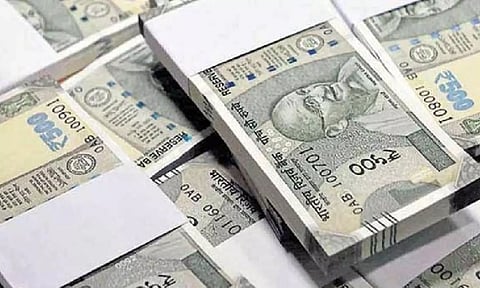

NEW DELHI: The introduction of liquidation scheme for alternative investment funds (AIFs) by market regulator Sebi provides an additional avenue for managers and investors to derive the maximum value for unliquidated investments, experts said on Sunday.
The new scheme provides flexibility to AIFs to deal with investments that are not sold due to a lack of liquidity during the winding-up process. Also, it allows such unliquidated investments to be either sold to a new scheme of the same AIF (liquidation scheme) or to be distributed in-specie to investors of the AIF.
The regulator, on June 15, amended rules to permit AIFs to launch a liquidation scheme. Sebi, last week, laid out the modalities for launching the scheme and in-specie distribution to investors.
Dipen Ruparelia, head of products, Vivriti Asset Management, said these regulatory changes are a long-term positive for the corporate governance in the debt and AIF industries and will go a long way toward investors’ confidence in the AIF.
“While the amendment and the Sebi circular aim to benefit the investors, some aspects lack clarity, such as benefits to schemes that have already exceeded their tenure, and consequences where the AIF/ manager fails to achieve the minimum bid of 25 per cent of the unliquidated assets,” Punit Shah, Partner, Dhruva Advisors, said.
Also, one needs to consider the tax implications arising from such transfers of unliquidated assets by the original scheme. This could lead to capital gains in the hands of the unit holders liable to taxation, he added.
Under the scheme, AIFs are needed to transfer assets not sold during the winding-up process to a new liquidation scheme or distribute such unliquidated investments in-specie after being subject to a 75 per cent consent by the value of investors in each case.